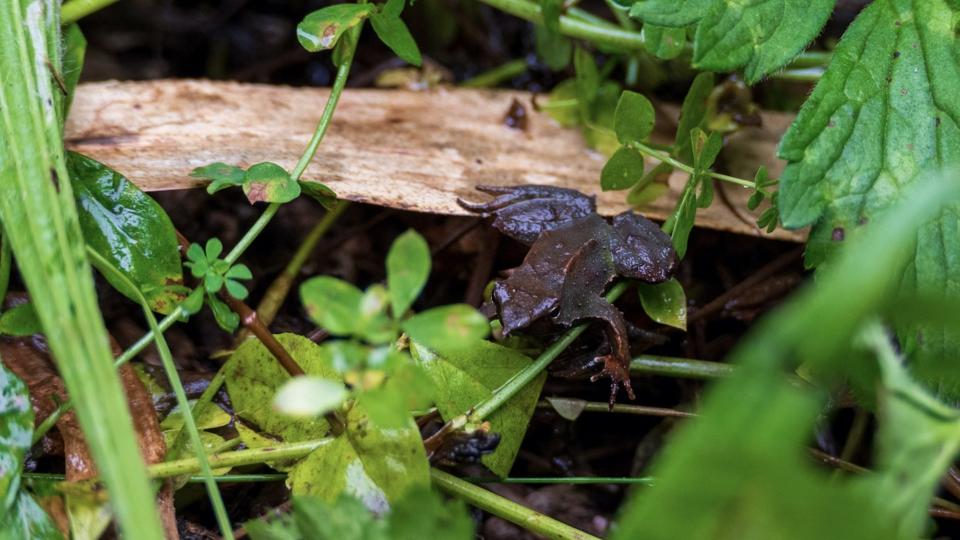Sub-Saharan Africa has long been renowned for its unparalleled safari opportunities, with marvelous creatures like the leopard, white rhinoceros and bush elephant calling the region home—but across the Atlantic, one of South America’s most lauded travel destinations is perfect for a safari on the opposite side of the spectrum. Equipped with a wealth of pint-sized birds, amphibians and mammals, Patagonia offers optimal conditions for a micro-safari, providing visitors with an opportunity to shine a spotlight on some of the planet’s less-recognized fauna.
“There’s something magical about discovering something so extraordinary and tiny in the great dense enormity of the rainforest,” says Harriet Pike, general manager of adventure tour company Swoop Patagonia. “It requires patience, skill and a completely different mindset from traditional wildlife viewing.” While the region plays host to colossal creatures ranging from the southern elephant seal to the Andean condor, Pike notes that Patagonia’s Valdivian temperate forest—a lush ecoregion that spans across southern Chile and Argentina—offers ideal conditions for a micro-safari, with plenty of tiny creatures thriving across its rivers and evergreen glades.
During a foray into the verdant depths of the forest, visitors can keep an eye out for all sorts of captivating creatures, with the Darwin’s frog serving as a major draw for naturalists. Found nowhere else on the planet, this tiny amphibian is known for its unique method of parenting, with male Darwin’s frogs gestating their young in the vocal sac below their mouth. For birdwatchers, Pike notes that the chucao tapaculo is a must-see, earning local acclaim for its distinct song and significance within indigenous Mapuche culture—and beyond birds, lucky micro-safarigoers might be able to catch a glimpse of the southern pudu, an elusive mammal that’s recognized as one of the smallest extant deer species on earth.
While Patagonia is a top-tier destination for a micro-safari, there’s a wide range of other countries and territories that offer their fair share of fun-size wildlife. For entomology buffs, the nation of Colombia plays host to the largest number of butterfly species on the planet, with Jaguarundi Travel operating a dedicated tour that showcases a dazzling array of colorful insects. Meanwhile, herpetology fans can set their sights on destinations like North America’s Great Smoky Mountains—a region that’s renowned for its high diversity of salamanders—or the frog-filled forests of Puerto Rico. And of course, Southern Africa also holds plenty of promise for micro-safari thanks to the “Little Five,” a checklist of tiny species that spans from the antlion to the elephant shrew.
While the term “safari” often evokes images of towering elephants and fearsome lions, there’s far more to encounter across the planet than just charismatic megafauna. Across the entirety of Patagonia’s Valdivian forests, explorers can encounter captivating birdlife, endemic amphibians and some of the earth’s most fascinating ungulates, many of which are largely ignored in favor of the region’s more imposing animals. Though largely unknown to the average traveler today, the concept of “micro-safari” offers a unique spin on one of society’s most lauded forms of ecotourism, providing hardcore naturalists and casual wildlife aficionados alike with an opportunity to appreciate the biodiversity of the earth from an entirely different perspective.

